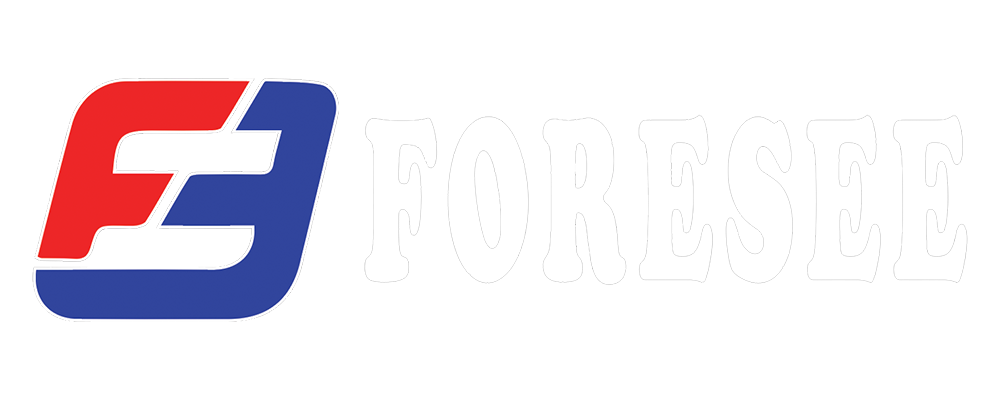ER4043 and ER5356 are both commonly used welding wires, particularly in the aluminum welding industry. They share similar characteristics but have distinct differences in terms of their composition, properties, and applications.
Composition
- ER4043: This wire is primarily composed of aluminum, with small amounts of silicon, magnesium, and iron.
- ER5356: This wire is also primarily aluminum, but it contains a higher percentage of magnesium and a lower percentage of silicon compared to ER4043.
Properties
- Strength: ER5356 generally has a slightly higher tensile strength than ER4043, making it a preferred choice for applications requiring greater structural integrity.
- Ductility: Both wires exhibit good ductility, allowing for easy forming and bending.
- Corrosion Resistance: Both ER4043 and ER5356 offer excellent corrosion resistance, making them suitable for outdoor applications and environments exposed to moisture or chemicals.
- Weldability: Both wires are highly weldable, providing good penetration and arc stability.
Applications
- ER4043: Widely used in general-purpose aluminum welding, including fabrication, repair, and construction. Suitable for a variety of aluminum alloys, including 3003, 5052, and 6061.
- ER5356: Often preferred for applications requiring higher strength and better resistance to stress corrosion cracking. Commonly used in aerospace, marine, and automotive industries.
Key Differences
| Feature | ER4043 | ER5356 |
|---|---|---|
| Magnesium Content | Lower | Higher |
| Tensile Strength | Lower | Higher |
| Stress Corrosion Cracking Resistance | Lower | Higher |
| Applications | General-purpose welding | Aerospace, marine, automotive |
In summary, both ER4043 and ER5356 are excellent choices for aluminum welding, each with its own strengths and weaknesses. The selection of the appropriate wire depends on the specific requirements of the application, such as the desired strength, corrosion resistance, and weldability.

Recent post